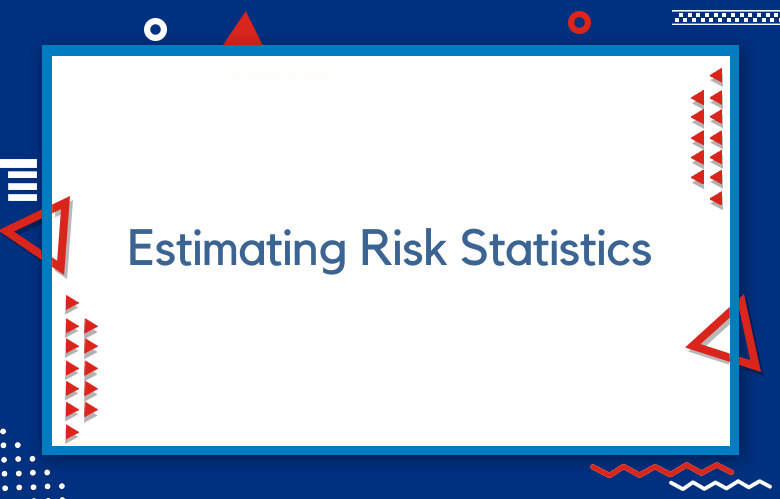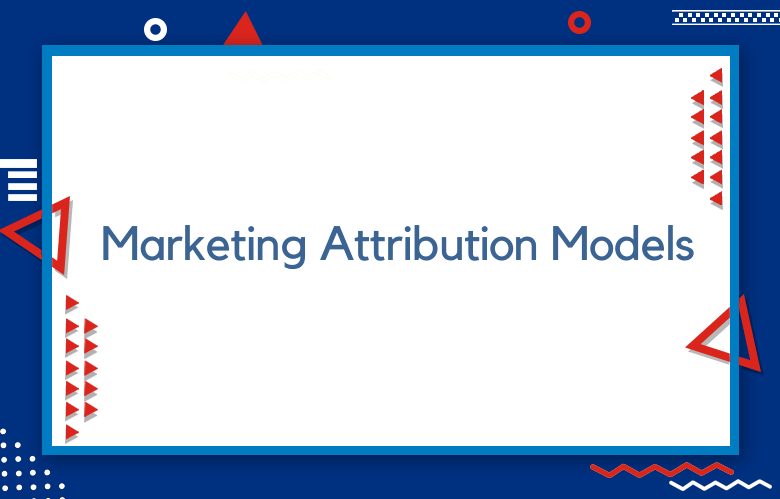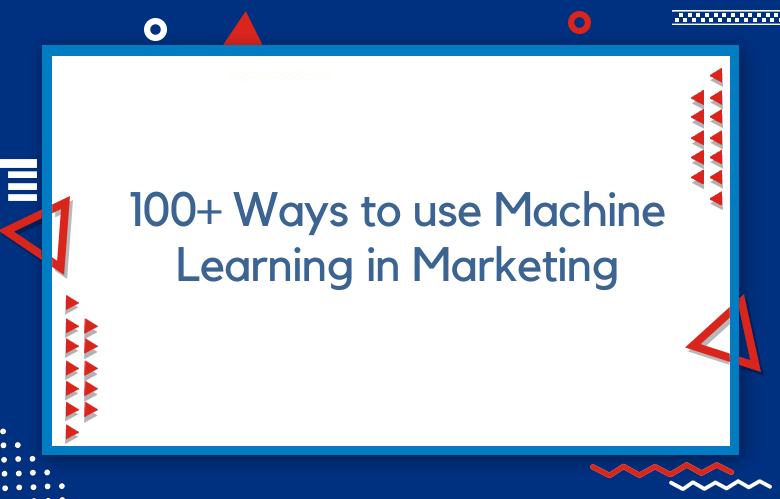Marketing Using Estimating Risk Statistics in Machine Learning

In today’s competitive and ever-changing business world, machine learning techniques have become a new norm for assessing scenarios that could affect the success of businesses.
The marketing industry is no exception. Businesses use machine learning algorithms to make data-driven decisions, help with decision-making, and improve customer experience. One way companies can use machine learning is by estimating risk statistics.
Risk statistics can help businesses understand the probability of success and failure of their marketing campaigns. This article will discuss how companies can use estimating risk statistics to enhance their marketing strategies.
How to Increase Your Marketing Success Using Estimating Risk Statistics in Machine Learning
Data is the new oil; using it strategically can dramatically improve your marketing success. Machine learning algorithms sift through vast data to accurately predict specific outcomes.
One such outcome is estimating risk, which can help you optimize your marketing strategies to attract and retain your target audience. We investigate how evaluating risk statistics in machine learning can help you achieve your marketing goals.
How Machine Learning Helps in Estimating Risk Probability
Machine learning is a subset of artificial intelligence that focuses on algorithms that use statistical models to find patterns in big data.
Using machine learning models, marketers can predict the likelihood of specific customer behavior based on past data, making it easier to deliver targeted campaigns to drive customer engagement and revenue growth.
Implementing Estimating Risk Probability into Marketing Strategies
When a customer is predicted to have a higher risk of churn, specific marketing campaigns can target them to retain them, such as loyalty programs, personalized content, promotions, or incentives.
For customers who are predicted to have a higher likelihood of making a purchase, targeted marketing campaigns can help increase their interest and close the deal.
Maximizing ROI with Estimating Risk Probability
By incorporating estimating risk statistics into their marketing strategies, businesses can increase their ROI by reducing costs such as customer churn.
Targeted marketing aimed at at-risk customers can prevent them from leaving and save the business money on acquisition costs.
On the other hand, targeting loyal customers who are predicted to make repeat purchases faster can enhance the lifetime value of customers.
Practical Implementation of Estimating Risk Probability in Marketing
To use risk probability estimates effectively in marketing, businesses must have access to large datasets through customer relationship management systems, social media channels, and marketing analytics.
Companies should enlist skilled data analysts to develop algorithms to examine the data accurately. They must build campaigns and maximize the marketing potential of each predictive analysis to achieve maximum performance outcomes.
Estimating Risk in Machine Learning
Estimating risk statistics is a powerful tool in machine learning that can help organizations build effective marketing campaigns. By analyzing historical data, machine learning algorithms can predict whether a marketing campaign is likely to succeed or fail.
However, these predictions can only be made with a certain degree of uncertainty. Estimating risk statistics allows marketing organizations to quantify this uncertainty and make better-informed decisions about their marketing operations.
The Role of Estimating Risk in Content Generation
Estimating risk statistics is vital to creating relevant and compelling content. By analyzing past data, machine learning algorithms can predict the likelihood of specific content types performing well with a particular audience or demographic.
Estimating the risk factor in this context allows marketers to create content that resonates with their audience and minimize the likelihood of creating content that falls flat.
Balancing Estimating Risk with Ethical Considerations
While estimating risk statistics can be a powerful tool in marketing, it must be balanced with ethical considerations.
There is a risk of machine learning algorithms being biased toward certain groups or demographics, which can have negative consequences. Marketing organizations must ensure their algorithms are transparent and accountable for their decisions.
The Future of Estimating Risk Statistics in Marketing
As machine learning algorithms evolve, so will the role of estimating risk statistics in marketing. We can see more significant applications of these strategies in various marketing operations, such as content generation, lead generation, customer retention, and more.
Organizations that leverage these tools will have a competitive edge, enabling them to drive more significant ROI and provide better customer experiences.
Estimating Risk Statistics to Enhance their Marketing Strategies
Understand Risks Involved
One of the first steps a business takes in developing a marketing strategy is to set achievable goals. Goals help companies to focus their efforts and allocate their resources.
However, it is essential to note that marketing is not an exact science, and businesses may not achieve their goals due to several factors, such as competition or environmental changes.
This scenario highlights the importance of understanding the risks involved. Estimating risk statistics helps businesses identify the chances of achieving their goals. This information can help companies to manage their expectations and align their resources accordingly.
Segment Customer Data
Marketing campaigns often target specific segments of a customer base. Machine learning algorithms help businesses analyze customer data, group it into segments, and identify statistical patterns among them.
Risk statistics can help businesses understand the chances of the segments succeeding in the campaign. This information allows companies to target their marketing campaigns to the most promising customer segments.
Improve Campaign Performance
Risk statistics play an essential role in predicting campaign performance. By analyzing data from previous campaigns and estimating the risk statistics, businesses can adjust their future campaigns to improve performance.
For example, if a segment has a high-risk score, a business can explore different marketing strategies to target that segment effectively.
Alternatively, if a specific channel in the campaign has a high-risk score, a business can explore different channels or marketing platforms that can yield better results.
Better ROI
Estimating risk statistics can help businesses optimize their marketing budget and achieve a better return on investment (ROI). Companies can use the data to decide which marketing strategies to invest in and avoid.
Estimating risk statistics can help businesses make informed decisions, minimize losses, and maximize the impact of their marketing campaigns. By optimizing their marketing budget, companies can achieve better ROI, leading to increased profitability, growth, and sustainability.
Conclusion
The use of machine learning techniques is a crucial aspect of marketing. Estimating risk statistics is a valuable method to help businesses make informed decisions about their marketing campaigns.
By understanding the risks involved, segmenting customer data, improving campaign performance, and achieving better ROI, businesses can enhance their marketing strategies to make more significant impacts on their customers.
With machine learning capabilities, businesses can achieve better results, optimize their marketing budget, and achieve their goals.
Call: +91 9848321284
Email: [email protected]



